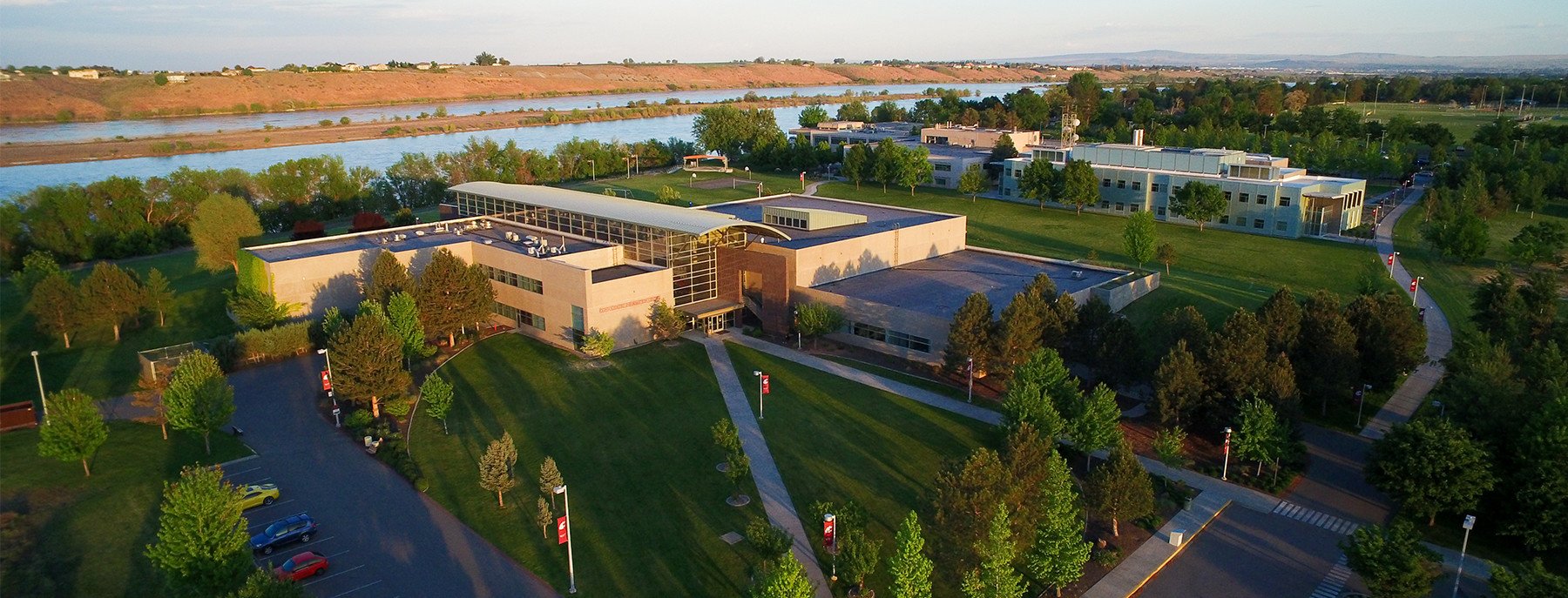August 9, 2018 Region’s record heat raising risk of heatstroke
By Linda Weiford, WSU News

Heat records are expected to burn up in Eastern Washington today and possibly Friday. (WSU Photo Services)
With temperatures shooting up to 110 degrees and smashing heat records in parts of Washington state, people are at increased risk of suffering from heatstroke – the most serious of heat-related illnesses.
“It’s as if the body, like an oven, gets turned on to the highest possible setting. No longer able to regulate its core temperature, it begins to cook,” said family physician Farion Williams, associate dean of clinical education at Washington State University’s Elson S. Floyd College of Medicine, Tri-Cities campus.
“Heatstroke is a medical emergency that can lead to confusion, seizures, loss of consciousness and damage to internal organs, including the brain,” he said. “While young children and seniors are particularly vulnerable, it’s also seen in otherwise healthy people of all ages.”
Scorching weather has prompted the National Weather Service to issue an excessive heat warning across Washington’s eastern half. The hottest temperatures are expected today, with highs expected to soar to 110 degrees in Lewiston-Clarkston, 108 in the Tri-Cities area, 106 in Yakima and 103 in Moscow-Pullman. Temperatures should run near 100 degrees on Friday.
To prevent heatstroke and other heat-related illnesses, “drink plenty of fluids, take breaks in the shade and wear loose, lightweight clothing,” said Dr. Williams, adding that tight clothes lock in the heat, reducing the skin’s ability to cool.
People who work or exercise outside should try to schedule more strenuous activities for early morning or evening, he advised. People should also recognize signs of heat exhaustion, which, if not treated, can progress into life-threatening heatstroke, he said.
Symptoms of heat exhaustion include muscle cramps, fatigue, dizziness and nausea. Treat the condition by resting in a cool, shady place and drinking plenty of water or other fluids – not alcohol or caffeine, Williams cautioned. An ice pack or a cold, wet towel applied to armpits, the nape of the neck or groin area will also help lower body temperature, he explained.
If symptoms include an altered mental state, flushed skin and rapid breathing, suspect heatstroke. “Call 9-1-1. Get to a hospital–as soon as possible,” he said.
Finally, remember that children and pets can swelter to death within minutes when left in a parked vehicle on a blistering summer day, Williams urged.
Since 1998, an average of 37 children have died each year in the United States of vehicular heatstroke, making it the second leading cause of death of children in vehicles, next to crashes, according to the National Safety Council.
Contacts:
- Dr. Farion Williams, WSU Elson S. Floyd College of Medicine, Tri-Cities campus, 509-372-7434, farion.williams@wsu.edu
- Linda Weiford, WSU News, 509-335-7209, linda.weiford@wsu.edu





